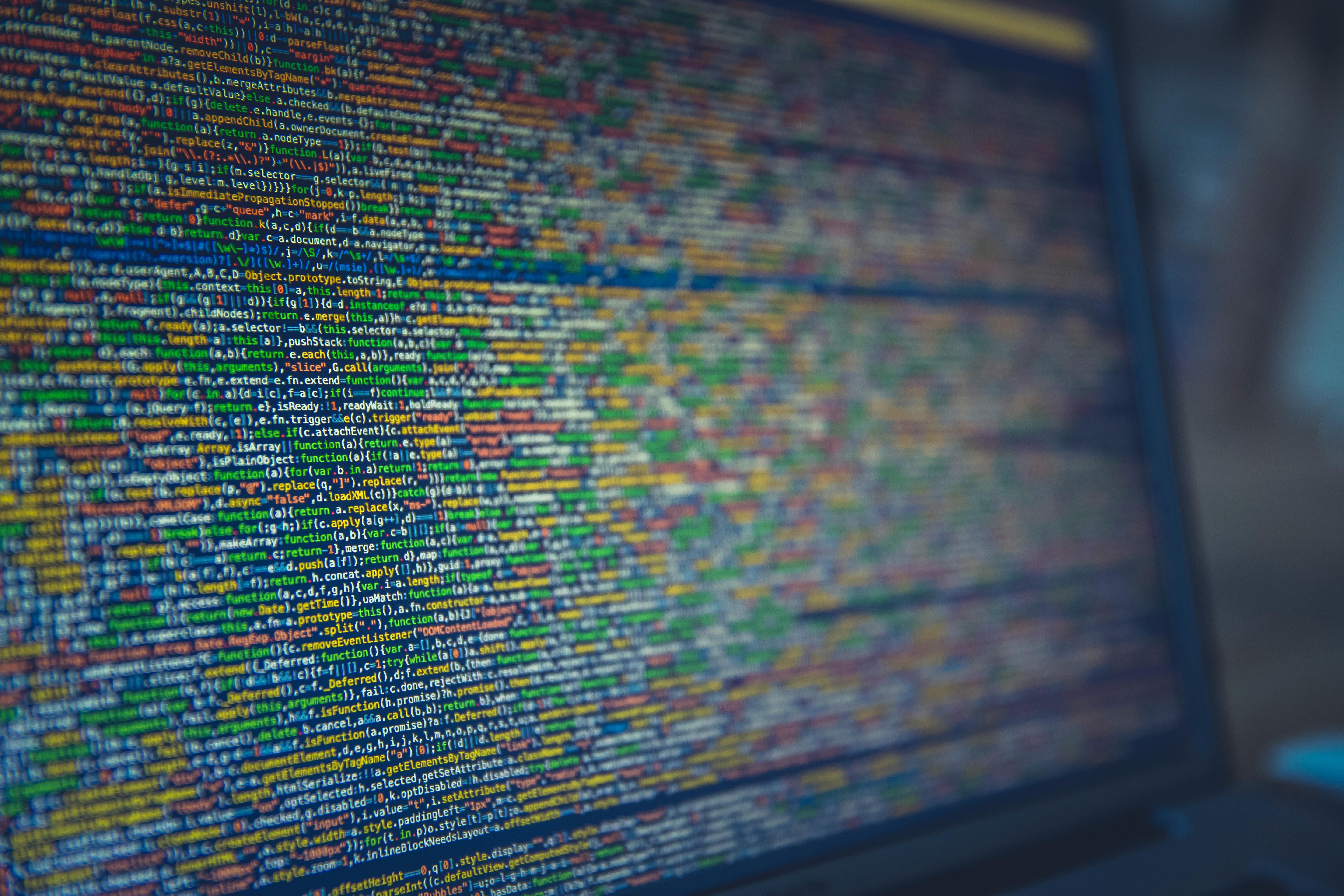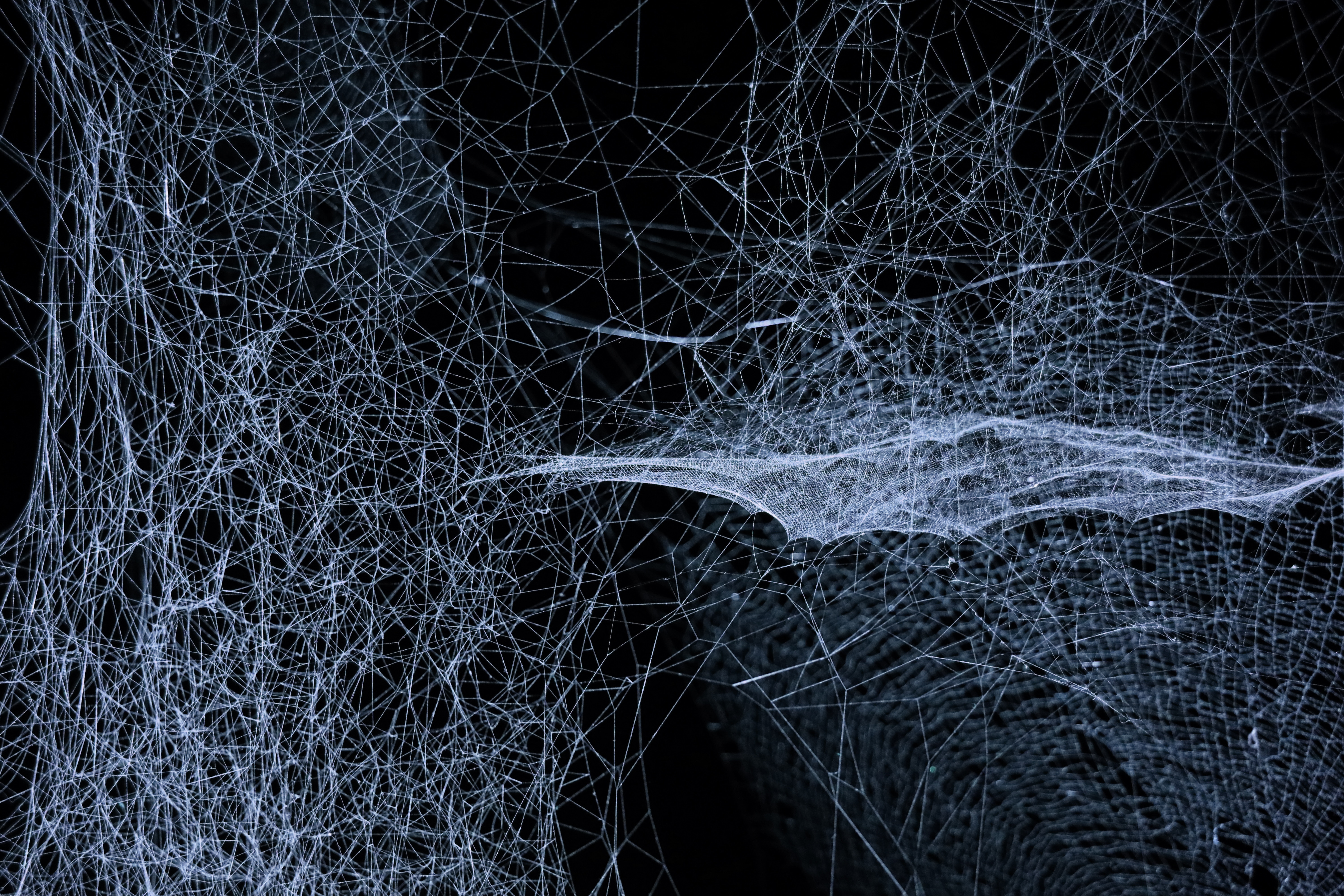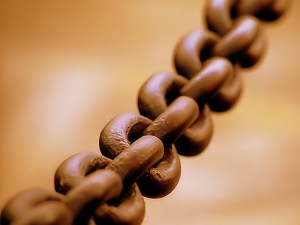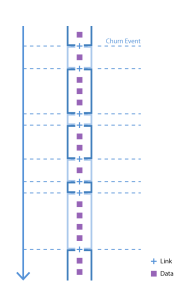

In recent weeks and months, the MaidSafe team have been very quietly progressing something quite amazing. The dedication and commitment of the team is admirable, but the task is so great that we forget how huge the prospects are. Not only that we also at times forget to talk publicly about it. This will change I am sure, but in this personal blog I do intend to get the message across and try to really explain the potential here, it is quite astounding and can change our world, but it needs better understood, even by early adopters.
The Back Story
We have had several discussion in house recently about the SAFE network or the MaidSafe design. These discussion are surprising, we are thinking about what we are offering, not the vision, not the design and not the roadmap, these don’t change. The issue we have been discussing is one of perception and by extension imagination.
I had better explain this rambling introduction slightly better. As always some historical perspective helps. In 2014 we aligned with the crypto community, with similar drive and goals in many respects, however very different products and this is where the issue happens. We choose to define our goals as decentralising the Internet. Of course all the “it’s already decentralised” arguments aside it was a message we felt folk could follow. “We will do for data what bitcoin is doing for money” (again ignoring the side arguments about wealth, stores and all that jazz) was a mantra we used to drive home our message.
It worked and worked well, but with issues. Being us, we got to work, heads down, bums up designing, coding and testing. Nothing could stop us, we were and are focused on delivery of this “impossible network“. However, as society does, never letting a good message go to waste, the decentralised Internet message gathered pace and simply became overused and no longer differentiated us. Some projects even started calling miners farmers and such like, the confusion was not good for us, but we ignored it, mostly. Recently we have noticed we are actually perceived as another version of several projects. Initially we were compared to tor, BitTorrent, freenet etc. but now it’s any crypto project with storage or some networking. so there was a shift. Decentralised Internet became, use some crypto and (maybe) store data somewhere.
Not disrespecting any project here, this is our project I am thinking about and it’s, just like 2014, being considered just the same as project X, where X now is anything crypto with storage, where previously it was any project that stored stuff, regardless of crypto. To be fair I have not deeply looked at many of these newer projects past the headlines.
So what’s the problem? Competition is great, it shows we are on the right track, or at least not going it alone. Well there is a problem and it’s our problem. The Decentralised Internet does not describe us any more, well no more than “some computer thing”. We have failed to really explain to people what MaidSafe is and what the SAFE network will be able to achieve. The interesting thing I see here is that decentralised Internet mantra used by projects that have pivoted. This shows how many projects stick this description on their products/goals even when those products change quite dramatically. Therefore it is essential we do not use an overused and frankly abused phrase to describe in a few words what we do.
Ok then what is SAFE?

This is the critical point, SAFE at it’s core is an “Autonomous Network“, not a set of federated servers, or owned storage locations, or identifiable nodes, but actually an autonomous network. This means no human intervention, no humans setting prices, no altering configurations to make things work, no tweaking data on disk, no altering rules of the nodes, absolutely no human intervention apart from running a piece of self configuring, self healing software. The network decides prices, rewards and how to protect data, communications and calculations, not any human!
By the very definition of an autonomous network it must be secured against all known threats, otherwise it would not live long at all and be rendered useless almost immediately. Such threats could be collusion based Sybil attacks (people “buy” other peoples vaults etc.) as well as many DOS attacks (so no leader based consensus) have to be defended against, an example of a couple of difficult problems we had to solve. There are a great many threats and challenges, way too many to mention here. In short this is extremely difficult to achieve and naive implementations that ignore even one of these threats will certainly fail. Many answers are not in current papers, research or literature, Engineers need to just suck that up and get innovating and that’s great.
The network alone must know the user accounts, nobody else should. If you think about this, it’s critical and sounds simple, but some thought experiments will show it’s far from simple, otherwise we have intermediaries and by extension corruption. Unless the user wishes to let folk know then they are truly anonymous. The network masks IP addresses to prevent snooping. The network also balances supply of resources and demand on those resources, via “paying” a human somewhere to run this piece of software.
This autonomous network works in simulations and the wider network is being proven by running and measuring testnets and releases. This means nobody owns SAFE, nobody controls SAFE and nobody can manipulate SAFE, groups cannot collude to successfully game or attack SAFE and SAFE does what SAFE is programmed to do, protect our privacy, security and give us freedom to communicate, think privately, share privately, learn and teach others. SAFE is the network and the network is safe.
So Autonomous network, that is a mouthful and will confuse many people, what do we really mean in simple terms? Well it’s the Impossible Network, that thing that should not exist, the flying car, the self driving truck, the moon landing, it’s just the impossible network, until we make it possible. A network that secures data, communications and calculations for us all, without owners, intermediaries or third parties. Its a living thing, if you like, something we switch on and the world uses. People power the network for people and get paid for it, people read, watch movies, publish information and hopefully innovate, collaborate and further society, without borders, control or fear. That’s worth doing and is worth working very hard to achieve, however it’s complex and is very easily misunderstood. It’s also, unfortunately not easy to release in parts, autonomous means no intervention, it requires a whole working foundation. That is no easy feat, but if it was then none of us would find it interesting to work on, I certainly wouldn’t. If you want to terrify Engineers put them on projects like this, if they have integrity they will be terrified, however if they relish a challenge they will be satisfied in all the pressure and apparently impossible issues that absolutely require to be solved.
What are we doing with SAFE right now?
At this time the testnets are rolling out, Alpha 2 is a few weeks away, or may be launched before I finish this post. This is replicating current Internet based applications. This seemingly strange task is quite essential, but in some ways is difficult to do. We are forcing a very intelligent huge smart contract system to behave like a normal Internet. The reasons though are varied, but mainly allows the application developers to start on a familiar path. Then as we dive deeper the realisation that these apps (although amazing and competing globally without infrastructure costs etc.) are actually only the tip of the iceberg of possibilities. A conundrum akin to Tim Berners Lee using the internet to stick stamps on emails. In our case though it is valuable, but it is 100% a stepping stone to a much wider and probably more useful set of services that developers can create for people.
What lies between now and launch/Beta

There has been quite a bit of work on data chains which is basically a design to allow the network to validate data was stored securely and transactions happened on the real live network and was not introduced. This provides important features that are required for networks to restart and the network to manage network partitions. Nodes can then republish data as individuals, but backed by digitally signed proofs etc. Data chains and disjoint sections allow a lot of features including secure message transport and more. It’s available to read about in the RFC‘s this blog and more on implementation design of part 1 in the dev forum. We have split this task into 2 parts, Data Chains part 1 secures groups of nodes. This all happens at the routing layer and actually creates an autonomous network, although one with no data. This is Alpha 3. There is a simulation framework built that allows us to test the data chains design, here. Node ageing is also a requirement of this network and those who like to know more can read about that here. The above requires disjoint sections in the network and again that is described here for the avid reader, this particular implementation was a surprisingly mammoth task in itself, but has proven successful..
Then we add the data layer again to reintroduce user run vaults (the software people run to create the network and get paid) in Alpha 4. The data element is much more straightforward after data chains part 1 is in place.
After that it’s a lot of testing and the introduction of test safecoin. This is simply a data type on the network, so already secured. The addition is the networks contract, some will call this a “smart contract”, but the difference is the oracle is in the network and secured in the network. Safecoin is the mechanism of tokenising the provision of resources by the network. The network measures and rewards good behaviour of nodes by allocating safecoin to such nodes that behave and have proven to have handled user requests properly.
That is the last components in the very long journey, not that they will be completed immediately, it’s many (many) months of work and testing at least. We are in a magnificent position right now though a we do not have any unanswered remaining blockers between us and launch, no huge design issues to face, just some implementation decisions. After launch the focus in the backend will be simplification and formalisation of as much of these innovations as possible.
Consequences of a true autonomous network
This is where, understanding the “Autonomous Network” really matters. The non ownership of the data storage and computation capability is vital for a future where we can actually integrate innovations and allow “ideas to have sex” much more instantly and effectively. Autonomous network(s) also allow people and companies to move from “private owned” silo’s that inevitably get hacked. A good (probably vital for society) outcome is the invalidating of privacy as a product moving profits to providing great value, without taking control from people. This is much more lucrative, less risky and without the intrusion and fear that customers are feeling increasingly for their children these days, never mind the fines for data theft and costs/upheaval of ransom-ware etc..
Examples of how some existing technology may change (or be fixed)
- Autonomous transport
- Collaborating and sharing important information like accidents, road, rail or sea issues, weather etc. who owns the servers the data sits on, what if its manipulated?. Autonomous networks removes the ownership problem and allows true provable (non refutable) sharing of data. They also enforce industry wide rules that are set in code that is also tested industry wide. Autonomous networks also remove or at least vastly reduce reduce manipulation of results as well as preventing theft or false reporting of company data and industry test results (I am looking at you pharma).
- IOT
- As many mini compute devices appear we need to be able to share data between them, securely and (again) irrefutably. Importantly here we wish the network to spot and remove bad actors. The early network nodes that we have right now are not incentivised to operate for the benefit of us all. Providing these incentives (safecoin) means that the provision of resources to run IOT devices is rewarded, whether the “owner” benefits from the device capability at all times, or not. This alters the market significantly where devices can help others and not only the current owner. With these devices, security is important, but ensuring valid data is essential. An autonomous network can and should ensure good behaviour of nodes via node managers as described in the language of the network.
- Home automation tools and assistants (Alexa, Google home et’ al)
- The market and advances in home automation, including voice and video recondition amazes and also terrifies consumers. This is an area where we all know we do not wish any company knowing all that information about us. However with autonomous networks entities create their own accounts without intermediaries, (see self authentication, a very important and simple requirement of an autonomous network) and these accounts can be used to communicate with other nodes, importantly with zero requirement to share who the node belongs to.
- Cyber warfare or server hacking
- Simply removing the “target” in terms of servers is a significant reduction in the attack vector of cyber warfare or industrial spying and data theft. The market for this level of security is extremely large, but autonomous networks just remove the problem and therefor are the solution. Anything else that has been tried until now is purely a cat and mouse game between black hat hackers and companies.
- Password thefts
- As with improving server security by removing the server, autonomous networks like SAFE remove the requirement to store a password at all, not locally or stored on disks the we remove passwords form the network. Therefor no password theft on the network.
Of course some of these can be considered changing the status quo to a point where the above points seem like new technology. However, that would be new in our Engineering eyes, but consumers would see no difference, although they may feel safer, the end product in terms of features already exists or these improvement would be invisible to them. More importantly consumers of today’s network probably expect some of the above to already be the case, sadly though it is not and will not be without autonomous networks in my opinion.
Examples of new technology that will be possible
I have written this section and deleted it, replacing with more ideas several times now. I think it’s for another post, but readers may wish to read this whole post a few times and the linked documents and come to their own conclusions. No doubt much better ideas than I can provide will be found and the world changing products of tomorrow should be discovered this way. The worlds full of inspiring people and with the right tools and removal of infrastructure costs etc. I believe we can as a society make great use of these types of network for a safer future.
I hope this has proven to be a bit of an insight into SAFE and the potential it has. The exciting thing for me is not replacing the Internet, but removing this crazy ownership of data by large corporations. They should be providing value, not taking our privacy. I also am excited by the networks ability to ignore silly laws like weaken encryption or snoop on your customers. When we use logic to create things of beauty like this, then those silly governance issue become nothing to fear, discuss or think about. We all get on with our lives then, privately securely and we gain the freedom to communicate, collaborate and innovate all as one. Then it will get very exciting to watch the progress that will hopefully benefit every person on the planet, in one way or another.
In future posts I will attempt to break down the technical parts in a bit more detail and in addition will investigate more solid use cases, one by one.















